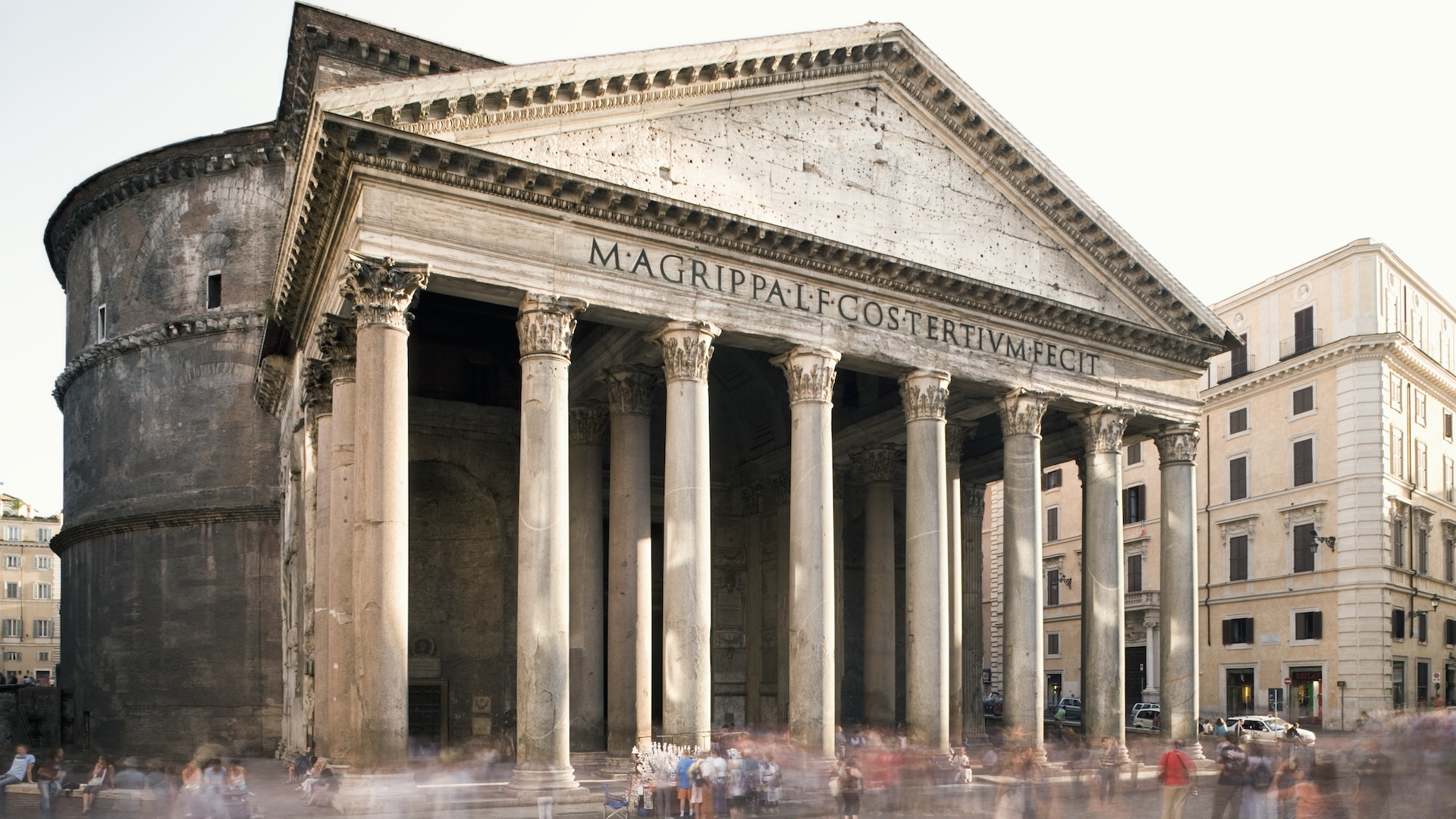When you purchase through connection on our site , we may garner an affiliate commission . Here ’s how it works .
In real biography , slip the Declaration of Independence would not be as easy as Nicholas Cage made it look in the moving-picture show " National Treasure . "
Thehistoric documentis displayed at the U.S. National Archives in Washington , D.C. — encased in a chummy frame of atomic number 22 and atomic number 13 , behind a pane of bulletproofglass and with a protective UV - ignitor filter .

A $ 3 - million television camera system hold back a protective watch over the precious artifact . The Charters Monitoring System , designed by scientist atNASA ’s Jet Propulsion Laboratory in Pasadena , California , can detect the slightest ink - flaking or attenuation , along with changes in light or temperature . The system can observe harm before the human center can even spot it , expert say . [ 50 Fabulous Fourth of July Facts ]
However , theDeclaration of Independencedid not always have such a sacred nursing home , and was not always so meticulously preserved . Over the form of history , the written document has been rolled up and hastily put in in canvas underground , sailed up the Potomac River where it risked water harm , and suffered damaging sunlight for years . Ironically , the Founding Fathers ' desire to preserve the papers actually contributed to its wear and rip .
The original Declaration of Independence is written on parchment , a frail and non - durable fabric made from stretched out beast skin . During theAmerican Revolutionary War , members of the Continental Congress carry the declaration with them , roll up into a tight subway . This repeated rolling and unrolling wore down the parchment and stretch it even thinner . The thinned - out document became much more likely to crack and tear .

However , the actual damage came when theFounding Fathersdecided they needed to make copy of the resolve . In the 18th century , it was common to take " press copies " by placing a damp tack of paper on the original document to soak up some of the ink . Then , the ink copy was transferred to a copper denture that could be used to make several duplication .
Timothy Matlack , a radical drawing card and one of the prescribed copyist of the Declaration of Independence , copied the prescribed document . Then , 56 delegates signed it iniron ink , which is made with an acidic chemical chemical compound that bleed into parchment . The maculation do the ink last longer , but around 1817 , just 40 year after the declaration was sign up , records show that the signature were already fade from the original , likely due to this rough copying method .
The wetness from the old copying method also damaged the parchment itself . The animal skin is not tanned before it ’s turned into parchment , so the material is sore to even the fragile bit of moisture . [ 7 Great Dramas in Congressional chronicle ]

In the mid-1800s , Secretary of State Daniel Webster retrieve the declaration should be preserve a little more carefully , and had it hung in a shape in what is now the National Portrait Gallery in Washington , D.C. However , the frame was hung directly across from a windowpane , display the document to sunshine for roughly 30 old age . This longsighted photograph make the ink and lambskin to unwrap down even quicker , making the document look one-time and yellow , while bleaching the theme song to the point that they were just legible .
ultimately , in 1876 , just in time for the annunciation ’s 100th natal day , government officials got more serious about preserving the historic document . Congress charged the Smithsonian Institution and the Library of Congress to come up with a long - term preservation plan . The blind drunk copies made during the previous century remove some of the original ink , so the commission resolve it would be too wild to sample to chemically restore the written document . or else , they varnish the proclamation between two crank plate to keep out humidity , and position the text file in a safe to keep it out from visible radiation .
When the declaration was turned over to the Library of Congress in the 1920s , it was put behind drinking glass particularly designed to block out UV light . But in the backwash of the attack on Pearl Harbor , on Dec. 7 , 1941 , the papers was taken out of its shell and evacuated to Fort Knox , a U.S. Army base in Kentucky . The top right-hand corner of the document pluck off during this move , and got a sloppy patch - up job with malt whisky tape and glue before the expert coach bear witness up , according to the Library of Congress . Since the document was already out of its instance , the expert not only withdraw the tape and glue and reattached the corner , but also take the opportunity to repair small nicks and tears that covered the lambskin .

AfterWorld War II , the Declaration of Independence was placed in a helium - filled frame to command humidness ; the frame was also fit with a glass filter that blocks out harmful light and forestall damage fromair defilement . The document now fall in the National Archives , where expert conceive it will last many more years .















